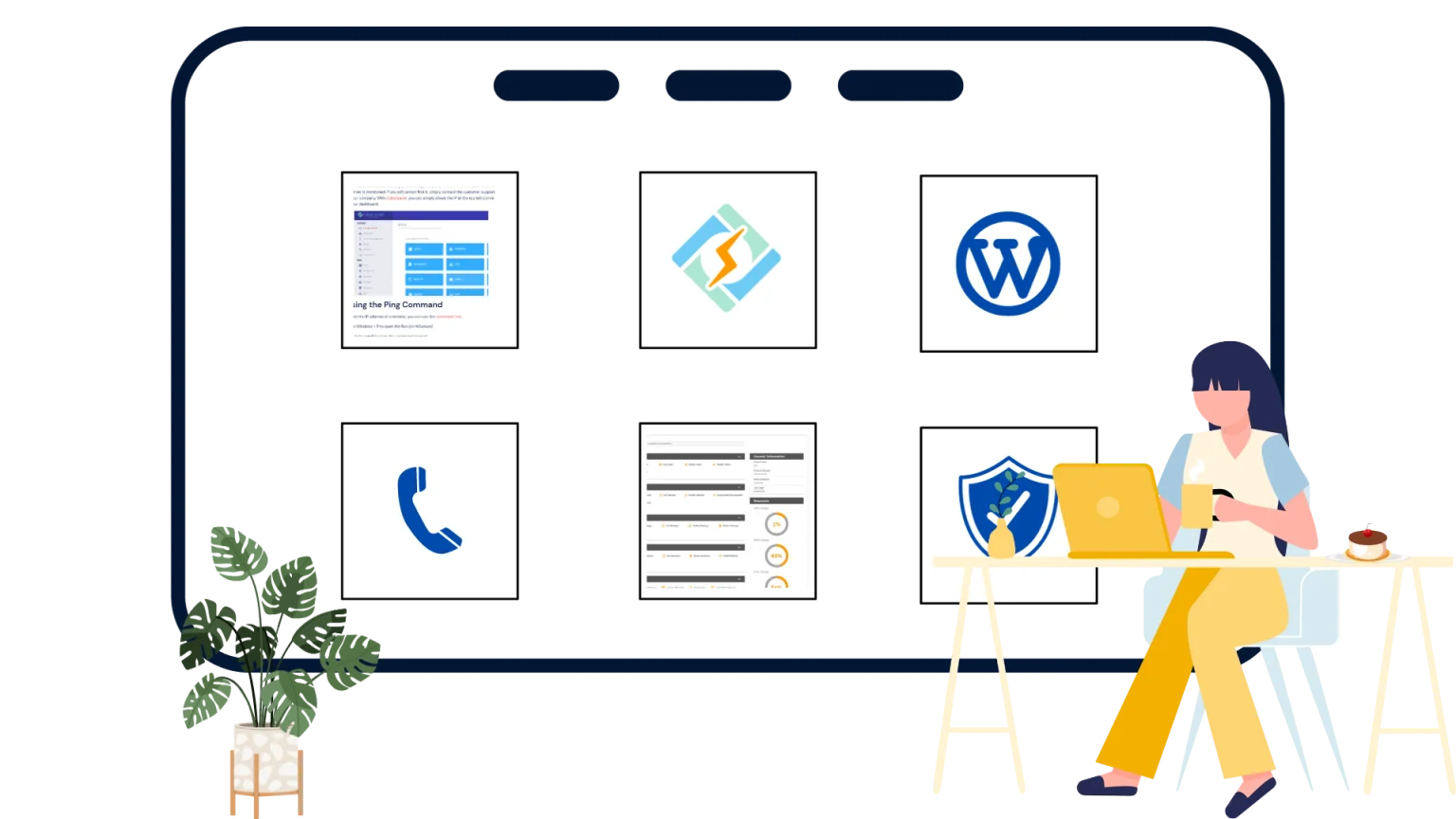Learning management systems are software systems designed to organize learning in institutions. It eases the complexities involved in maintaining and operating a learning institution. By using the information to track all the aspects of learning, students can learn better. It ensures that each student is well taken care of in their unique way. They also get access to all resources and learning materials for easy learning. These systems are becoming popular in many places of learning for several reasons. eLearning and mLearning are typical application areas of the modern learning management systems. Making learning digital is also the reason institutions can maintain themselves for longer.
Also known as LMS, learning management systems are designed to manage a vast number of learners. Each student gets assigned a unique ID used by the system to keep track of them individually. The ID also makes LMS easier to work with and access information. Keeping track of learners and managing their learning processes is straightforward with identities. It also keeps records for longer, and backups ensure no data is lost.
Reasons to Use Learning Management Systems
Designed for efficient and scalable training delivery, complemented with better engagement, a Learning Management System (LMS) becomes an integral part of an organization that invests in educational app development to facilitate seamless learning delivery with interactive features.
LMS far exceeds their traditional counterparts for many reasons. It is also in increasing demand after institutions have realized what they have been missing out on. It is noted that institutions using traditional learning do not perform as well as those with LMS integrated into the learning process. Following are some of the reasons you should use a learning management system.
1. Reduced Learning and Development Costs
The LMS makes it possible to take care of many students uniquely. It also provides them with an experience that is unlike traditional learning. It is much cheaper to maintain, and the system’s development costs ultimately pay off in the end. The LMS makes an institution more aware of how well it is training its learners. They also stay informed about what is being done for students to have a good learning experience. A reduction in development costs also means that the institution’s capacity is increased. The institution can handle more learners without reducing the quality of services provided.
Get exclusive access to all things tech-savvy, and be the first to receive
the latest updates directly in your inbox.
2. Various Media Formats
Giving lessons to students takes on many forms. Technology makes these options even more extraordinary. Some tasks come in video lessons where the students get to view a practical application of a concept. PowerPoint presentations are also allowed in the LMS. The trainer only needs to make the presentation and outline for the learners. Website content and assignment management are also available and easy to access. With the student being given assignments to submit digitally, it multiplies the ways learning occurs.
3. Instant Access to Training Materials
The benefit of the LMS in making learning materials more organized is evident when accessing them. Learning materials can be stored on a server and accessed over a website using a username and a password. The setup gives the student easy access to the relevant learning materials associated with their course. They can, therefore, learn at their own pace. The system also makes it possible to reduce trips to the physical library. Required training materials are conveniently availed to the learners digitally with ease. Instant access is also assured for round the clock learning. The learner is confident about the security of their learning materials.
4. Centralized Data Storage
Records tend to keep on piling with the learning management system. Having a centralized means of storing vast quantities of information is essential. Centralized data storage also makes it possible to secure data and easy references. The repository also means that learners and trainers access materials from one platform. As time goes by, the amount of learning materials handled by the LMS is more than physical materials. Learning is organized in one location, which reduces learning and development time.
5. Easy Tracking of a Learner’s Progress
The unique labeling of records in the LMS makes it possible to track the progress of a learner. The tracking is possible with tagged documents reflecting how far the learner has advanced in a course. It also shows where they could be lagging in their performance. A learner that is not performing at par with the rest of the class can be noticed early. The trainers then call in the student for consultation and advice. Tracking also shows the learner’s reception of the materials they are getting.
Conclusion
Learning management systems aim to digitize the learning and learner management process. Information is used to make learning better organized. The courses are designed to be easy to use. Even new learners and trainers quickly become familiar with the system. It provides for easy, convenient access to information and makes learning productive. It has been proven to love management costs associated with learning institutions. It is also why so many new institutions are taking up the systems to improve their curriculum.

The LMS is developed to take care of individual institution needs and only covers their requirements. The applications’ development considers the institution and its long-held beliefs, which means the institution’s brand shines through. They are also tested with vast quantities of datasets and users. The testing ensures stable performance and gets rid of bugs in the system. The end product of the development is a system that institutions will appreciate and take up.
Security is a critical issue in records management, especially in modern times. Developers of the LMS software take the time to ensure that security safeguards are placed everywhere with the applications. The applications also work across a variety of platforms, from the web to mobile. Ease of access to the systems is the reason learners can perform better with LMS.


